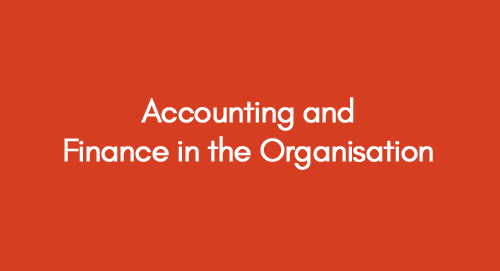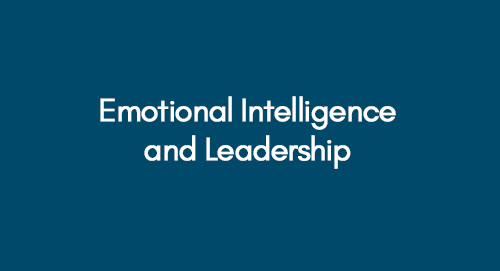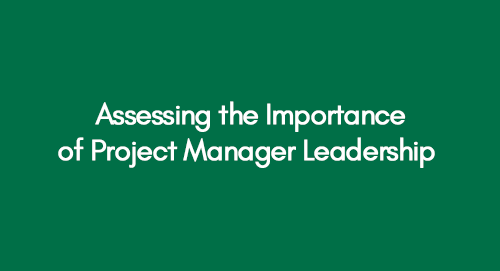
Accounting and Finance in the Organisation
January 13, 2022
The Impact of Outsourcing Activities Such As Lead-Time and Customer Service on Customer Experience in Supermarket/Hypermarkets in Kuwait
January 18, 2022Emotional intelligence (EI) is the ability of an individual to identify emotions that belong to themselves or others. It is also the ability of an individual to distinguish between different feelings and label them properly. Additional EI is also the ability to use emotional information to guide an individual’s thinking and behaviour. Studies conducted by various researchers have shown that individuals that have a high EI have better mental health, model job performance and have more effective leadership skills (Goleman, 1998; Salovey et al, 2004; Coleman, 2008). At present, there are three main models of EI known as:
- Ability model
- Mixed model
- Trait model
These various models of emotional intelligence have led to the development of varying instruments use to assess the construct. There is a possibility that the measurements obtained from the models may overlap, but most researchers have agreed that they are able to penetrate different constructs of an individual (Goleman, 1998; Salovey et al, 2004; Coleman, 2008, Martins et al, 2010). Some examples to understand emotional intelligence is as follows;
- Thinking rationally about the emotion before taking action is an example of emotional intelligence. Decisions are taken on emotion usually result in taking incorrect actions. Being angry may result in a person taking an action that they may regret later. However, if an individual thinks rationally before taking action they become more emotionally intelligent.
- Putting yourself in someone else’s shoes is another example of EI. Emotional intelligent individuals will put themselves in others' shoes to find an excuse or reason for their behaviour. For example, if a manager sees that one of his employees is not working hard enough it would not be emotionally intelligent to assume that the employee is lazy. Instead, an emotionally intelligent manager would examine the employee’s case from a closer point of view to find other reasons for the lacking of work.
To assess an individual’s EI, an emotional quotient is used to assess an individual’s ability to identify, evaluate, control, and express emotions. Individuals with high EQ commonly make good leaders and team players due to their ability to comprehend, empathize, and connect with people around them. On the other hand, intelligence quotient (IQ) is a score derived from one of several standardized tests designed to assess an individual’s intelligence. It is commonly used to determine academic abilities and identify the individual’s off-the-chart intelligence and mental challenges.
It is essential that leaders possess a high level of emotional intelligence. Based on the Bass and Avolio (1990) model of transformational and transactional leadership a general framework is formed for research on emotional intelligence and leadership effectiveness. According to a study by Rosete and Ciarrochi (2005) executives who achieved the best business outcomes are those that;
- Score higher on the EI ability test
- Manifest certain personality characteristics such as openness, low vigilance, and less private manner.
- Have higher self-reported ability to manage emotions.
It is important that the ability to measure emotional intelligence was able to predict effective leadership than the use of established workplace measures such as reasoning ability and personality. According to George (2000) leadership involves the use and development of a collective sense of goals, instilling in other both knowledge and appreciation of certain work activities, and generating a sense of excitement, confidence, and trust. Thus, it is asserted that all these elements are required within a leader to use their emotions to enhance how they communicate to those who are their subordinates. As a result, it would assist them to effectively carry out the role of leader. Also, according to Rosete and Ciarrochi (2005), it is found that all four of these criteria is also imperative in enabling a leader to meet business outcomes.
Therefore, it is necessary that a leader is emotionally intelligent has the ability to perceive emotions provide for awareness of emotions and ability to accurately read others emotions, especially those of subordinates. The use of emotions also gives a way for generating ideas within a team. Leaders that understand emotion allow themselves to gain an insight into what motivates people and others’ points of view. Caruso and Salovey (2004) assert that managing emotions allows leaders to stay open to their emotions, extracts valuable information, and use them constructively to enrich team and individual performances.
In order to improve the social skills of leaders within the current organization and influence positive emotional intelligence is through workshops and sessions with leaders within the organization. As the internal consultant of Apple Inc. I would recommend that the human resources department indemnify current leaders within the company and those individuals that have the potential of becoming future leaders through an EQ test. After conducting the test, workshops should be held for these individuals in order to teach them about emotional intelligence and its benefits to the individuals and the overall company. The workshops will consist of sessions in which individuals will participate in activities to enhance their emotional intelligence. First, a session will be held to perceive emotions, it will teach leaders to identify emotions based on deciphering emotions on faces, pictures, voices, and cultural artefacts. This session will also include the practice to identify the leader’s own emotions. Another session will take place in which leaders will learn to harness emotions to facilitate cognitive activities such as thinking and problem-solving.
Another session will take place in which leaders will be taught to manage their emotions and others’ emotions. This session will teach leaders to regulate emotions in both themselves and others. They will be taught to harness emotions, even negative ones, and manage them to achieve goals. Other sessions for the workshop will include teaching leaders about self-awareness. This will teach them about their own emotions, strengths, weaknesses, drives, values, and goals and obtain the ability to identify their impact on others while using their instincts to guide decision making.
The session will also teach leaders to self-regulate which will involve the controlling and redirecting of the individual’s more disruptive emotions and impulses and adapting to changing circumstances. Leaders will also be taught to improve their social skills by managing relationships to move people in the desired direction. Lastly, leaders will be taught empathy and motivation by aiding them to consider other people’s feelings, especially at the time of decision making and also driving the achievement for the sake of achievement.
References
Bass, B. M., and Avolio, B. J. (1990). Transformational Leadership Development: Manual for the Multifactor Leadership Questionnaire. Palo Alto, CA: Consulting Psychologist Press.
Coleman, A. (2008). A Dictionary of Psychology (3rd ed.). London, UK: Oxford University Press.
George, J. M. (2000). Emotions and leadership: The role of emotional intelligence. Human Relations, 53, pp. 1027-1055.
Goleman D. (1998). What makes a leader? Harvard Business Review.
Martains, A., Ramalho, N., and Morin, E. (2010). A comprehensive meta-analysis of the relationship between emotional intelligence and health. Journal of Personality and Individual Differences, 49, pp. 554-564.
Rosete, D., and Ciarrochi, J. (2005). EI and its relationship to workplace performance outcomes of leadership effectiveness. Leadership Organizational Development, 26, pp. 388-399.
Salovey, P., Mayer, J., Caruso, D. (2004). Emotional intelligence: theory, findings, and implications. Psychology Inquiry, 12, pp. 197-215.
Get 3+ Free Dissertation Topics within 24 hours?


















 Download PDF File
Download PDF File








